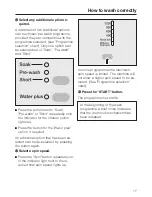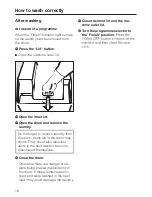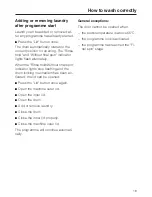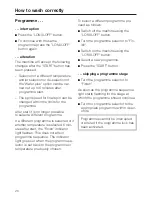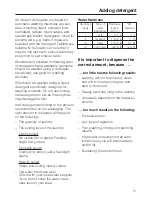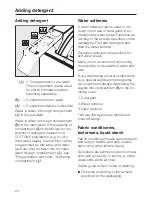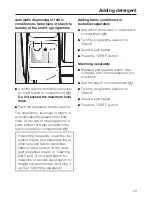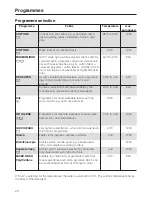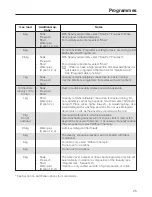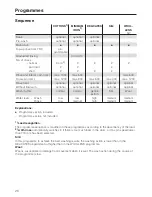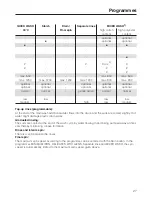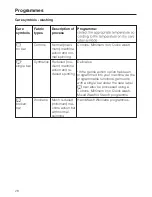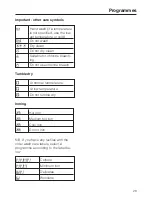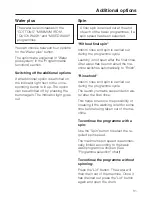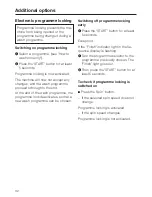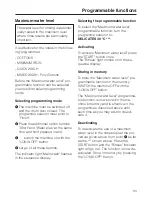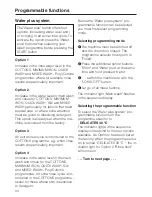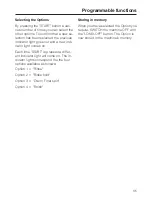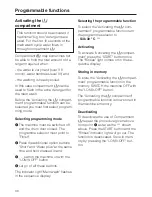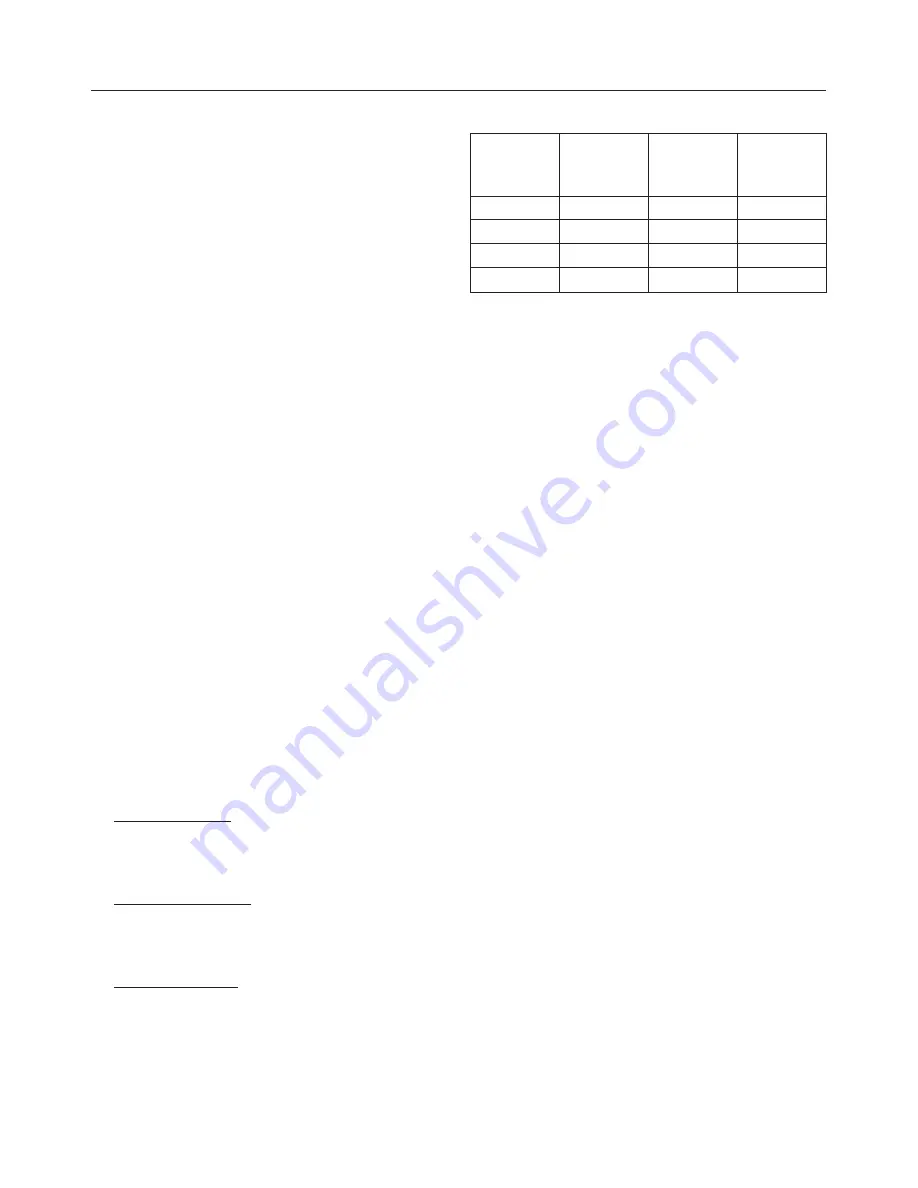
All modern detergents produced for
automatic washing machines are suit-
able, including liquid, compact (con-
centrated), tablets, liquid tablets and
special application detergents. Use dis-
pensing aids, e.g. balls, if these are
supplied with the detergent. Tablets are
suitable for full loads, but note that it
may be impractical to reduce tablets by
proportion to suit smaller loads.
Woollens and knitwear containing wool
mixtures and hand-washable garments
should be washed using a detergent
specifically designed for washing
woollens.
Silk should be washed using a liquid
detergent specifically designed for
washing woollens. Do not use biologi-
cal detergents on silk as the enzymes
may damage the silk!
Add detergent according to the amount
recommended on the packaging. The
right amount to dispense will depend
on the following:
– The quantity of laundry.
– The soiling level of the laundry.
Lightly soiled
No visible dirt or stains. Possibly
slight body odour.
Normally soiled
Visibly dirty and/or just a few slight
stains.
Heavily soiled
Stains and soiling clearly visible.
– The water hardness level
Check with your local water supplier
if you do not know the water hard-
ness level in your area.
Water Hardness
Hardness
range
Type of
water
(hardness)
Hardness
level in
mmol / l
°dH
German
I
soft
0 - 1.3
0 - 7
II
medium
1.3 - 2.5
7 - 14
III
hard
2.5 - 3.8
14 - 21
IV
very hard
over 3.8
over 21
It is important to dispense the
correct amount, because . . .
. . . too little has the following results:
– Laundry will not be properly clean
and will in time become grey and
hard to the touch.
– Greasy particles cling to the laundry.
– Limescale deposits on the heater el-
ements.
. . . too much results in the following:
– Excessive foam.
– Low level of agitation.
– Poor washing, rinsing and spinning
results.
– High water consumption (an addi-
tional rinse cycle will automatically
switch in).
– Burdening the environment.
Adding detergent
21











